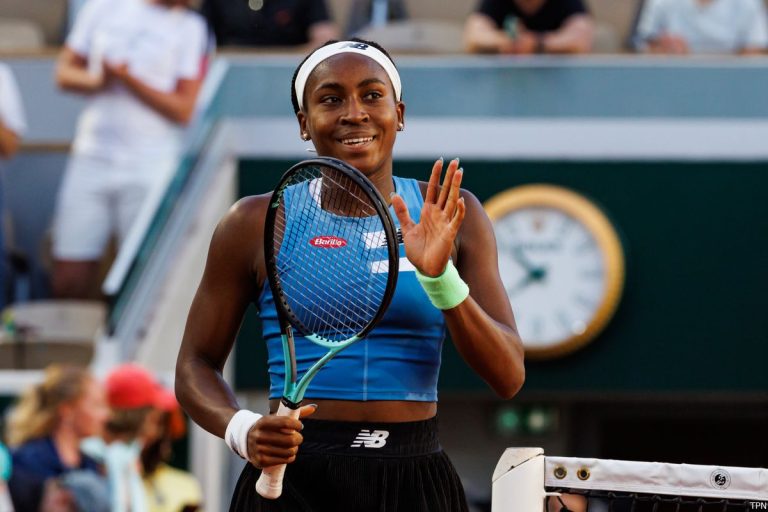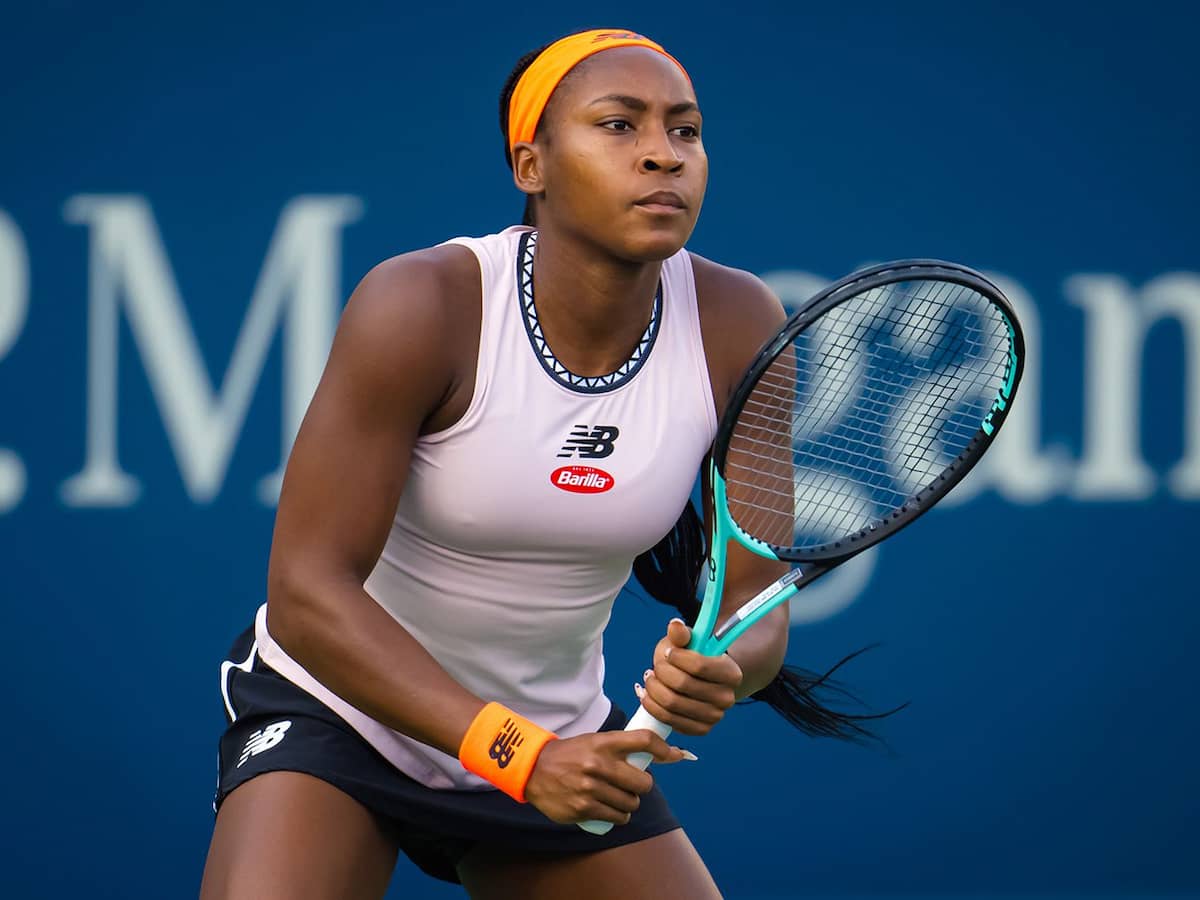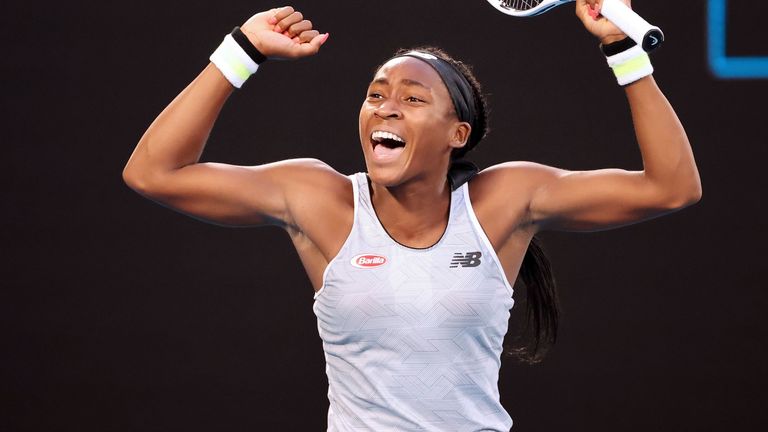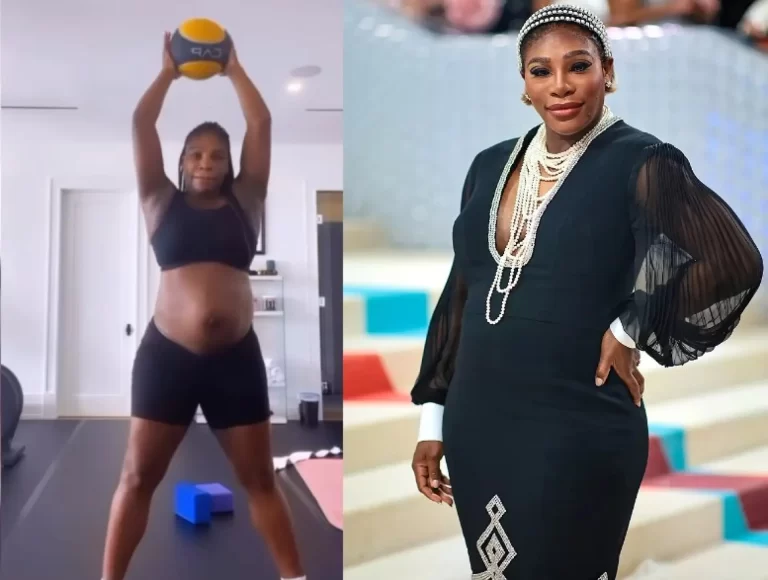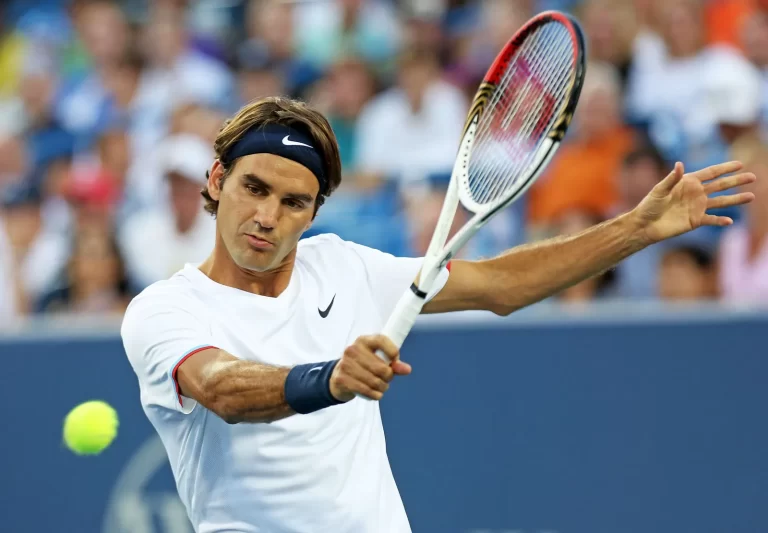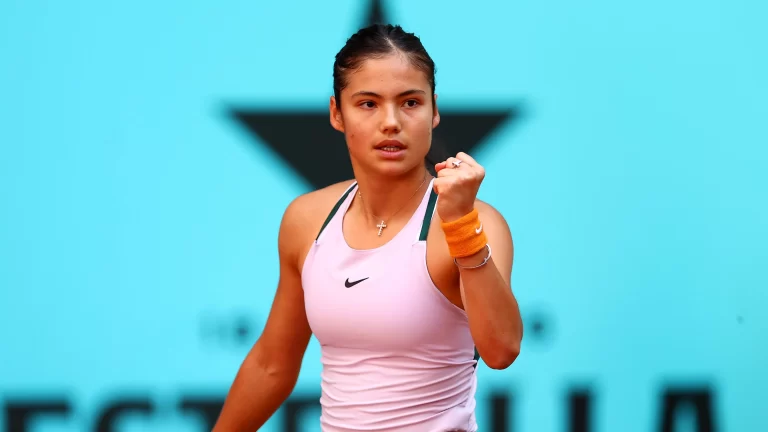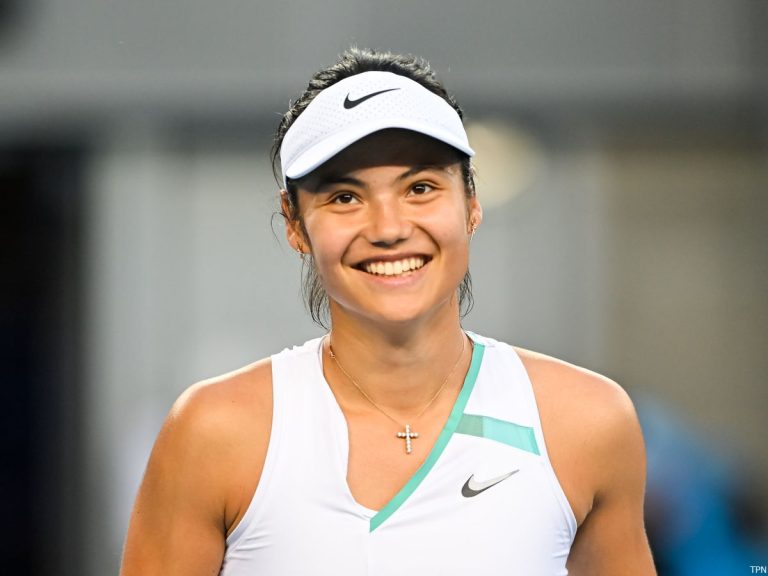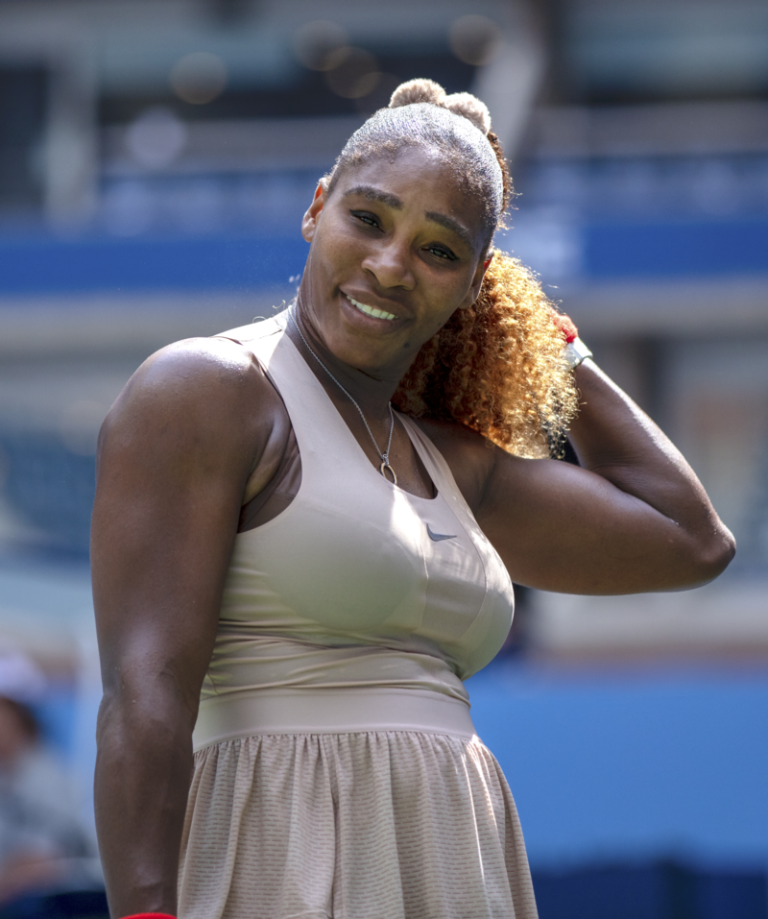As for her singles match, she and her new coach, Pere Riba, had dissected the loss and set it aside within 48 hours. When she arrived home in Delray Beach, Fla., there were just a few days to spend time relaxing with extended family and little tennis talk to be heard.
“Then, honestly, got back to training,” Gauff said. “After a Grand Slam, people think you get, like, a couple weeks off, but it’s really just more like a couple days.”
Gauff is well accustomed to the relentless rhythm of the WTA Tour by now, four years after her surprise run to Wimbledon’s fourth round jump-started her professional life. She found time Sunday for a phone interview hours ahead of a win over 2021 U.S. Open finalist Leylah Fernandez in a jubilant — and sweaty — exhibition match in Atlanta before traveling to Washington, where she will help headline the revamped women’s event at the DC Open.
The tournament was elevated this year from a WTA 250 to a WTA 500-level event, meaning more rankings points and more prize money are at stake for the women, while the men’s event remains an ATP 500-level tournament.
Main-draw play begins Monday at Rock Creek Park Tennis Center. And Gauff, ranked seventh in the world, will be focused on the game plan she and Riba have put in place during their short time together as she begins preparation for a hard-court swing that peaks at the U.S. Open in August.
The pair had met only over Zoom before deciding to work together ahead of a Wimbledon tuneup tournament in late June. Gauff, whose father, Corey, also remains a constant coaching presence on her team, was in between coaches following the Miami Open this spring and instantly connected with Riba, a 35-year-old former top-100 men’s player from Spain.
“He used to play on tour not too long ago. He’s pretty young for a coach, and he has a great personality. You have to travel with this person. You see them more than your family — you want to make sure you get along on and off the court,” Gauff said, laughing. “We’re working together right now through the U.S. Open, and obviously if things go well, we’ll continue after.”
One of their priorities is transforming Gauff’s forehand from a defensive bailout shot to an offensive asset.
At Wimbledon, Kenin picked on Gauff’s weak side throughout their match, going after her Western-grip forehand — in which her palm is turned skyward under her racket at the point of contact, creating heavy topspin — and waiting for Gauff to make an error.
Her modus operandi going forward is centered on aggression. It’s a style of play that brought her success against some of the tour’s top-ranked players, including No. 2 Aryna Sabalenka, against whom Gauff owns a 3-2 record, and No. 3 Elena Rybakina, against whom she won a memorably tight three-set match in Toronto last year. Gauff said she is placing her focus on her serve and the first shot of a rally.
“I should be playing that aggressive style, focusing on my serve plus one,” Gauff said, referring to the first two shots of a point. “There are times I’ve served 126 miles per hour, and I think for me, you know, I’m not going to hit 126 every time. But I definitely want to increase my first-serve speed average. It’s not that I can’t get there; it’s that sometimes I need to trust in it. So it’s committing on the serve every single point.”
Gauff is aiming to bring a similar ferocity to the mental side of her game. Positivity is key there. Gauff is hardly a storm cloud of intensity and dourness on the court, but she would like to adapt a better mind-set about her in-match performance and her achievements over the course of the season. She struggles on occasion to keep her performances at Grand Slams from overshadowing incremental progress or smaller titles won throughout the year.
“Even last year, I made the finals of the French Open, and it felt like I had a bad tournament,” Gauff said of her 6-1, 6-3 loss to Iga Swiatek. “Immediately after, I was like, ‘That tournament was bad.’ Because you get so close to your goal, it just makes it feel even worse when it doesn’t happen. I think it’s just finding the balance — it’s still something that I struggle with, trying not to base all my success on the Grand Slams. But, you know, when those are your biggest goals, it’s hard not to.”
Gauff’s solution going forward is to concentrate on style rather than results, especially at the start of tournaments against lower-ranked players when she can escape with a win without playing her best. “Thinking about the way I’m playing is going to do better for me in the long run than thinking about whether I lose or win,” she said.

